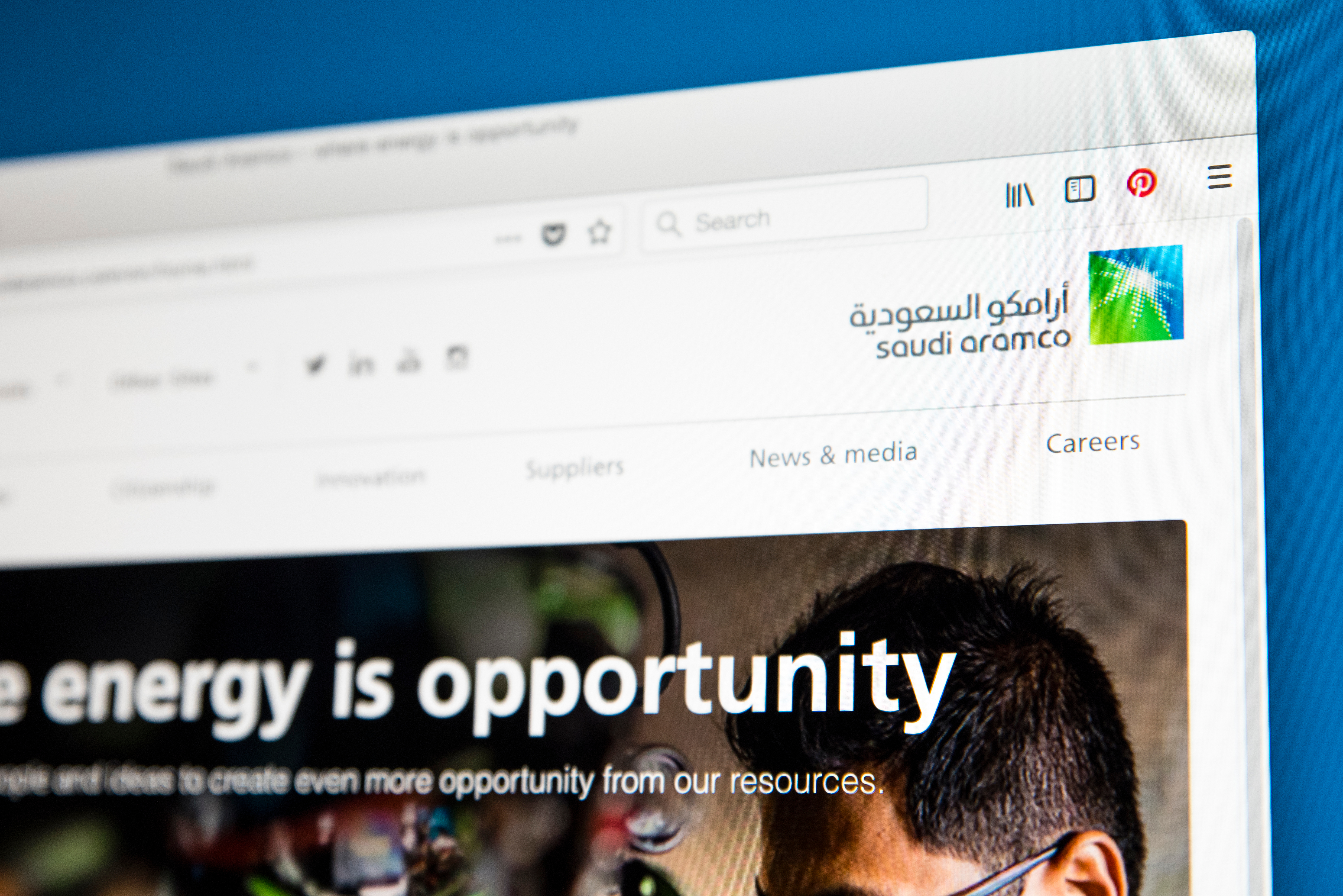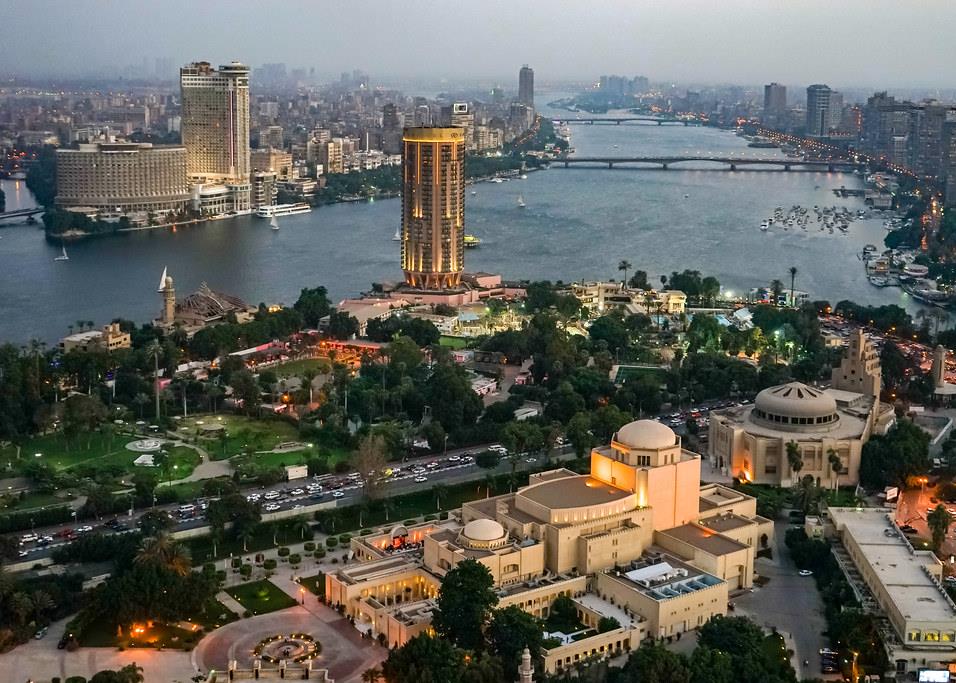

Saudi Aramco has been named as the world’s most profitable company in 2018, according to accounts published by credit ratings agencies.
Aramco generated net income of $111.1bn in 2018, Moody’s Investor Service said.
Fitch Ratings said Aramco had earnings before interest, tax and depreciation of $224bn last year – significantly above figures for US giants Apple and ExxonMobil.
Both ratings agencies gave Aramco’s debt their fifth-highest investment grade level.
The credit ratings, a first for Aramco, offer a glimpse into the accounts of the company, which have remained secret since its nationalisation in the late 1970s.
The information will help investors assess the possible value of a once-in-a-generation deal for financial markets: Aramco’s proposed stock listing of 5 per cent of its shares through an initial public offering (IPO), set to take place in early 2021.
In the near term, Aramco is also preparing for a debut in the international bond market.
Aramco plans to issue a $10bn sukuk, or Islamic bond, to finance its majority 70 per cent share acquisition of Saudi petrochemicals major Sabic, worth $69.1bn, from the Public Investment Fund (PIF).
ALSO READ: Saudi Aramco’s Sabic acquisition brings major benefits
Fitch said Aramco planned to pay for the 70 per cent stake in Sabic “in installments over 2019-21”.
Yet the kingdom’s influence on the state oil producer via high taxation is also denting its profitability and credit-worthiness, with cash generated per barrel below that of Big Oil companies such as the UK/Dutch Shell. That is getting in the way of Aramco achieving a much higher credit rating.
Riyadh’s dependence on the company to finance social and military spending, among other state expenditures, places a heavy burden on its cash flow.
Aramco pays 50 per cent of its profit on income tax, plus a sliding royalty scale that starts at 20 per cent of the company’s revenue.
Aramco reported cash flow from operations of $121bn and $35.1bn in capital spending, and paid $58.2bn in dividends to the Saudi government in 2018, according to Moody’s.
Aramco had $48.8bn of cash relative to $27bn of reported group debt at the end of last year, Moody’s said, giving the firm an A1 rating.
Fitch said its A+ rating reflects the “strong links” between the company and the kingdom, and the influence the state has on Aramco through regulating the level of production, taxation and dividends.
Aramco reported funds flow from operations – a measure closely watched by investors and similar to cash flow from operations – of $26 a barrel equivalent of oil last year, according to Fitch. That is below what Big Oil companies such as Shell and Total enjoy, at $38 and $31 per barrel, respectively.
The oil giant has mandated banks to hold a roadshow for dollar-denominated notes from 1 April, potentially including tranches from three to 30 years, according to a Bloomberg report.
The company will hold meetings with investors in coming days in cities including London, New York, Boston, Singapore, Hong Kong, Tokyo, Los Angeles and Chicago.
Aramco has reportedly selected global banks, such as JPMorgan Chase & Co and Morgan Stanley, to manage the debt offering.
| This article has been unlocked to allow non-subscribers to sample MEED’s content. MEED provides exclusive news, data and analysis on the Middle East every day. For access to MEED’s Middle East business intelligence, subscribe here |
You might also like...

Red Sea Global awards Marina hotel infrastructure
18 April 2024

Aramco allows more time to revise MGS package bids
18 April 2024

Morocco tenders high-speed rail project
18 April 2024
A MEED Subscription...
Subscribe or upgrade your current MEED.com package to support your strategic planning with the MENA region’s best source of business information. Proceed to our online shop below to find out more about the features in each package.





